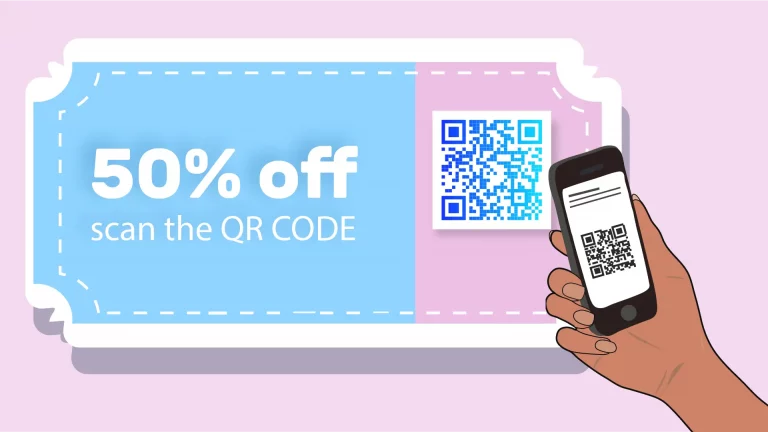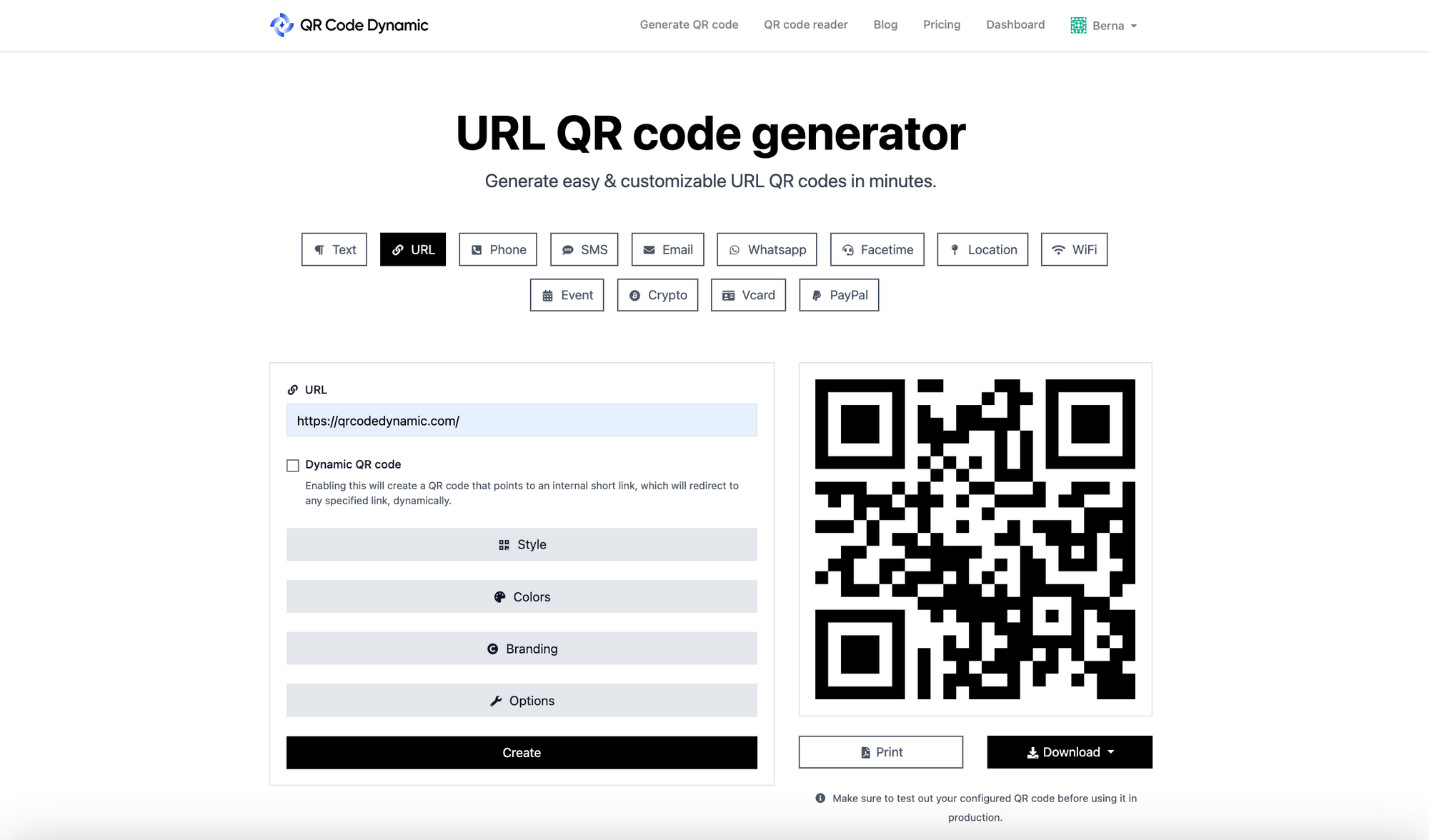Why Every Organization Should Have a Loyalty System to Reward Customers
Why Every Organization Should Have a Loyalty System to Reward Customers
Blog Article
Loyalty System Insights: Rewarding Customers and Growing Your Brand Name
Commitment programs have actually progressed beyond plain transactional incentives; they currently act as strategic devices for cultivating deeper customer partnerships and boosting brand name loyalty. By recognizing the subtleties of numerous reward systems, organizations can tailor their approaches to meet diverse consumer preferences. The influence of a well-implemented commitment program extends beyond customer retention, driving campaigning for and forming brand perception in an affordable industry. Nevertheless, the effectiveness of these programs hinges on certain involvement approaches and measurable results. What essential variables should brands take into consideration to maximize their loyalty campaigns?
Recognizing Commitment Programs

By analyzing this data, businesses can tailor their offerings to better meet consumer requirements, developing a much more tailored buying experience. This customization is pivotal in building trust and psychological connections, which are necessary for brand commitment. In addition, loyalty programs can improve customer interaction with unique offers, benefits, and experiences that reverberate with consumers, reinforcing their commitment to the brand name.
Furthermore, loyalty programs can add to boosted consumer life time value, as loyal and pleased consumers are more probable to make regular acquisitions and refer others. Eventually, when applied effectively, commitment programs not just incentivize immediate sales but additionally cultivate a neighborhood of brand name supporters, consequently driving lasting development for businesses in a competitive industry.
Kinds Of Award Systems
Various kinds of incentive systems exist within commitment programs, each designed to accommodate various consumer choices and company objectives. One popular approach is the points-based system, where consumers earn factors for every single purchase, which can later on be retrieved for discount rates or items. This model encourages repeat transactions and promotes a feeling of achievement as consumers collect factors.
Another reliable type is tiered benefits, which incentivizes consumers to get to greater levels of loyalty. As customers progress with rates, they unlock progressively useful benefits, thereby improving consumer interaction and retention. This system awards both preliminary spending and continuous commitment, making clients feel valued.
Cashback benefits are also common, offering customers a percentage of their acquisition back as money or credit. This straightforward method interest price-sensitive consumers and can drive extra constant purchases.
Lastly, experiential incentives offer distinct experiences, such as special events or early access to products. These incentives develop unforgettable interactions with the brand, promoting deeper emotional connections.
Each of these systems offers unique advantages, permitting businesses to tailor their commitment programs to align with their client demographics and strategic objectives.

Advantages of Applying Loyalty Programs
Applying loyalty programs provides numerous advantages that can considerably enhance a business's relationship with its clients. By rewarding repeat acquisitions, services cultivate a sense of belonging, encouraging customers to return a lot more frequently.
Furthermore, commitment programs enable organizations to accumulate useful information on customer preferences and buying actions. This details can be assessed to customize marketing efforts, leading to even more customized and reliable campaigns. The insights acquired can assist services recognize fads, maximize item offerings, and enhance consumer contentment.
Additionally, loyalty programs typically develop an one-upmanship in crowded markets. By developing a strong loyalty structure, services can distinguish themselves, Read More Here attracting clients who focus on brand names that worth their commitment.
Finally, a well-structured loyalty program can promote brand campaigning for. Dedicated customers are more probable to recommend a brand name to others, properly turning them into brand name ambassadors. To conclude, executing commitment programs is a critical move that can yield substantial benefits, eventually driving long-lasting service growth and success.
Techniques for Effective Involvement
Reliable involvement is critical for making the most of the benefits of commitment programs and making sure sustained customer interest. Loyalty System. To cultivate purposeful links, companies need to take on a multi-faceted technique that highlights customization, interaction, and value
First, leveraging customer information to produce tailored experiences enhances involvement. By analyzing acquisition history and choices, brand names can offer personalized benefits or suggestions that reverberate with specific consumers. This targeted method not just increases complete satisfaction yet likewise encourages repeat interactions.
Second, clear and routine interaction is vital. Utilizing various channels, such as e-mail e-newsletters, social media sites, and mobile apps, guarantees consumers are informed about promos, incentives, and program updates. Consistent messaging maintains the brand name top-of-mind and enhances the worth of loyalty involvement.
Last but not least, integrating gamification elements can considerably boost involvement. Functions such as factor accumulation, obstacles, and tiered benefits create a feeling of achievement and exhilaration, inspiring customers to involve more proactively with the program.
Incorporating these techniques cultivates a faithful customer base, driving continual growth and brand fondness while taking full advantage of the capacity of commitment programs. By focusing on reliable involvement, organizations can strengthen connections and enhance the total customer experience.
Gauging Success and ROI
To accurately assess the efficiency of loyalty programs, companies have to establish clear metrics for gauging success and roi (ROI) Secret efficiency indications (KPIs) such as consumer retention price, typical order value, and the regularity of repeat purchases offer quantifiable understandings into program efficiency.
Additionally, tracking the overall influence on consumer life time value (CLV) is critical. A successful commitment program need to increase CLV by promoting why not check here customer loyalty and encouraging repeat purchases (Loyalty System). Companies need to likewise think about the expense of carrying out and keeping the program against the income produced through loyal consumers
Another beneficial approach is to assess consumer interaction metrics, such as engagement rates in loyalty activities and the redemption of benefits. This data permits business to refine their offerings and boost customer experiences.
Furthermore, utilizing innovative analytics and customer responses can further sustain the evaluation of commitment program effectiveness. By integrating qualitative insights with quantitative information, businesses can change strategies to optimize performance. Inevitably, a thorough measurement structure will enable companies to comprehend published here truth value of their loyalty programs and make educated decisions for future development.
Conclusion
In conclusion, loyalty programs serve as a crucial device for improving consumer interaction and cultivating brand name commitment. The critical implementation of these programs not just increases client retention but likewise changes satisfied customers into advocates, adding to brand development and competitive advantage.
Loyalty programs have evolved beyond plain transactional benefits; they now serve as critical devices for promoting deeper customer connections and improving brand commitment. As clients progress through rates, they unlock progressively useful benefits, consequently boosting client interaction and retention. An effective commitment program ought to raise CLV by fostering consumer commitment and motivating repeat deals.In final thought, commitment programs offer as an essential mechanism for boosting consumer interaction and fostering brand name loyalty. The critical implementation of these programs not only raises consumer retention yet also changes pleased clients into advocates, contributing to brand development and affordable benefit.
Report this page